The perineum is the area between your vagina and your anus (back passage).
Sometimes this area can be damaged during childbirth. Massaging your perineum from 34 weeks of pregnancy onwards may reduce this risk.
Tell your midwife, doctor or physiotherapist if you had a perineal tear in a previous labour. In most cases, you will still be able to do perineal massage.
Important
Do not do perineal massage if you have vaginal warts or a vaginal infection such as thrush.
Prepare for the massage
Try perineal massage after a bath or a shower. This makes the perineum softer.
Use a water soluble lubricant on your thumbs and perineum.
You can use:
- jelly lubricant
- olive oil
- vegetable oil
- vitamin E oil or any any natural oil
- almond or wheatgerm oil
Do not use scented or synthetic oils.
It may help to use a mirror.
How to do perineal massage
- Wash your hands and make sure your nails are short.
- Make yourself comfortable in a semi-sitting position. For example, you can squat against a wall or sit on the toilet.
- Put your thumbs 2.5cm to 4cm inside your vagina. Rest your forefingers on your buttocks.
- Press downward towards your anus (back passage) and to the sides at the same time until you feel a slight burning or tingling sensation.
- Hold the pressure for 2 minutes.
- Breathe deeply and slowly and try to consciously relax the muscles.
- Keep pressing down with your thumbs. Slowly and gently massage back and forth over the sides of your vagina in a 'U' movement for 3 minutes.
- Aim to do this for 5 minutes each day. Wash your hands afterwards.
Your partner can help by using their thumbs or index fingers. At the start it may only be possible for them to use 1 finger.
View images on how to do perineal massage
Step 1: Make yourself comfortable in a semi-sitting position.
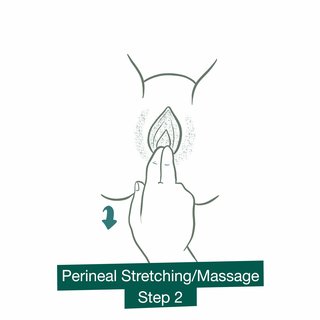
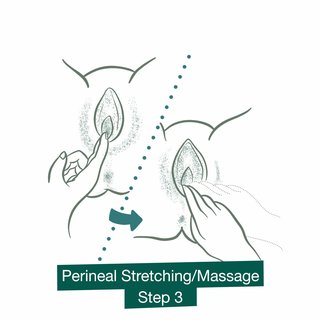
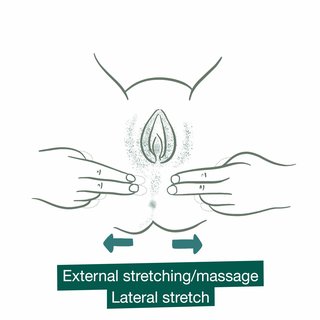
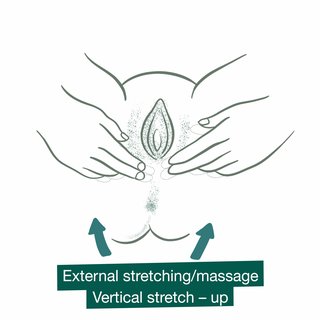
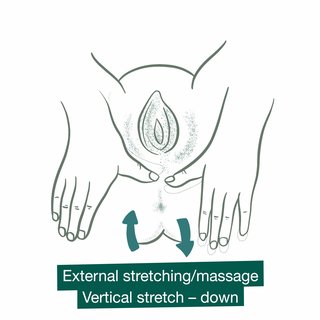
Benefits of perineal massage
Perineal massage may:
- make you less likely to tear or need an episiotomy (a cut to the birth canal) during the birth of your baby
- help to reduce the stinging sensation during the birth of your baby’s head
- help you get familiar with the stretching sensation of birth
- help you to relax your muscles when birthing your baby
